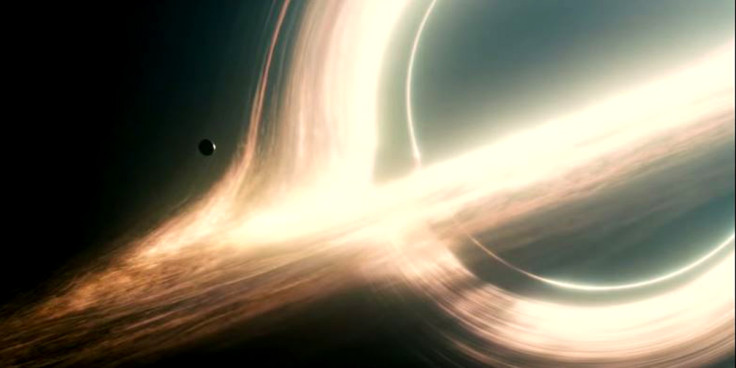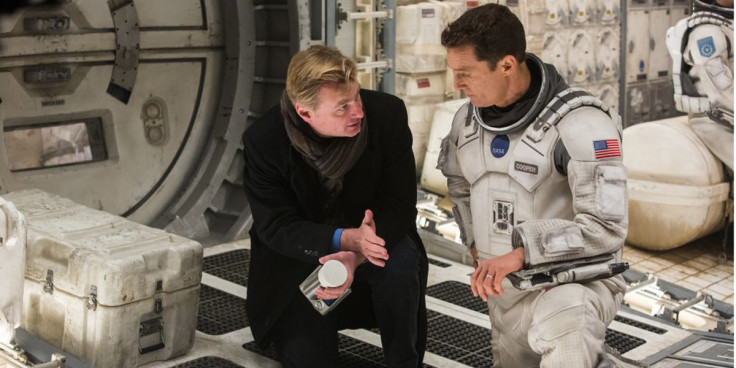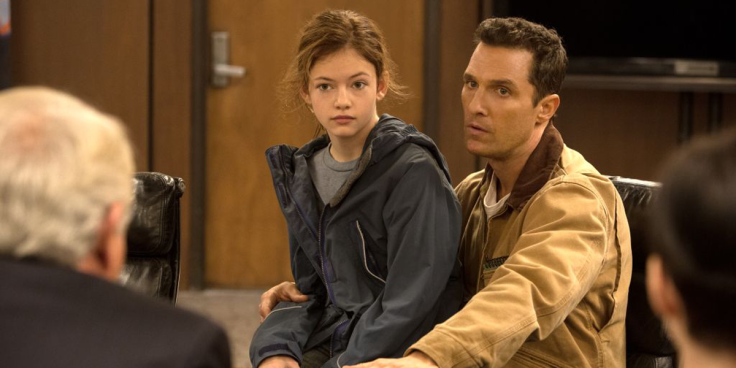Interstellar: How Original 2008 Spielberg Script Differs to Christopher Nolan Film

Christopher Nolan's sci-fi epic Interstellar was once set to be directed by the legendary Steven Spielberg, who in 2006 was working with Paramount Pictures to get the film off the ground.
The film's initial concept came from theoretical physicist Kip Thorne and producer Lynda Obst, who worked together on a treatment for the idea. In 2007 Jonathan Nolan was hired to write the script, but two years on from that Spielberg and his production company left Paramount and the project was up in the air.
Enter Jonathan's brother Christopher, who brought his own ideas to the script, resulting in the film currently running wild at the worldwide box office. Anyone who has seen it will attest to the Spielbergian overtones of family, which explains his interest, but the film is still very different to the one originally envisaged.
The original script is available online (summarised here) and details a number of changes between that and the finished product. Reddit user Sjgolf891 sorted through the script and found the biggest differences, some of which we have expanded upon.
WARNING: Major spoilers for Interstellar follow...

Cooper's daughter
In the original version lead character Cooper's daughter was instead a son. The change makes little difference save for the obvious diversity of characters, so it wouldn't have made a great deal of difference either way.
Cooper and Brand
Cooper (Matthew McConaughey) and Amelia Brand (Anne Hathaway) were originally intended to have more of a romance, but that was toned down to a more believable level in the final product. The film ends with Cooper venturing off to reunite with her, but it's not clear whether he does so because of romantic feelings, or just so she doesn't have to finish their mission alone.
TARS and CASE
The two robots on the mission, TARS and CASE, are described as humanoid in appearance in the original script. The end result was a more robust, block-like shape reminiscent of the monoliths in Stanley Kubrick's 2001: A Space Odyssey mixed with Minecraft characters.

Dr Mann & The Potential Home Worlds
Dr Mann (Matt Damon), one of the astronauts sent into the wormhole to explore potential new home worlds ahead of Cooper's mission, originally wasn't in the script at all. In fact the whole idea that other people travelled before Cooper to scout these planets out isn't quite the same.
In Nolan's finished film there are three potential home worlds in the distant galaxy reached through the wormhole, and each of them is visited by the crew.
In the original only one planet is explored and on that one planet, Cooper's crew find dead Chinese colonists who had reached the planet first. The existence of the Chinese also extends into the third act when, through entering the black hole, the team are transported thousands of years into the future to an enormous Chinese space station.
Alien Life
The original script also describes alien life found on the planet. They feed off the radiation emitted every 24 hours by a nearby neutron star which also killed the Chinese and which causes the crew to find shelter and in turn the alien life.
The Fifth Dimension
The concept of a fifth dimension and the tesseract (a physical representation of time built in the fifth dimension) is handled differently in the finished product. In the original it is discovered that time travel is possible, just not for humans. A device that solves the issue of controlling gravity is instead sent through, to be found by an older Cooper's son in the past and gifting humanity the answer key to their survival.
Return to Earth
In the original script Cooper returns to Earth, unlike in the final film, but does so much later. In the film he is rescued from space and sees his daughter one last time, however in the original script he is picked up from a desolate Earth and meets his great great grandson, who gives him the watch Cooper gives his child before he leaves.
In both scripts Cooper finishes the film embarking on a journey to reunite with Amelia.
© Copyright IBTimes 2025. All rights reserved.






















